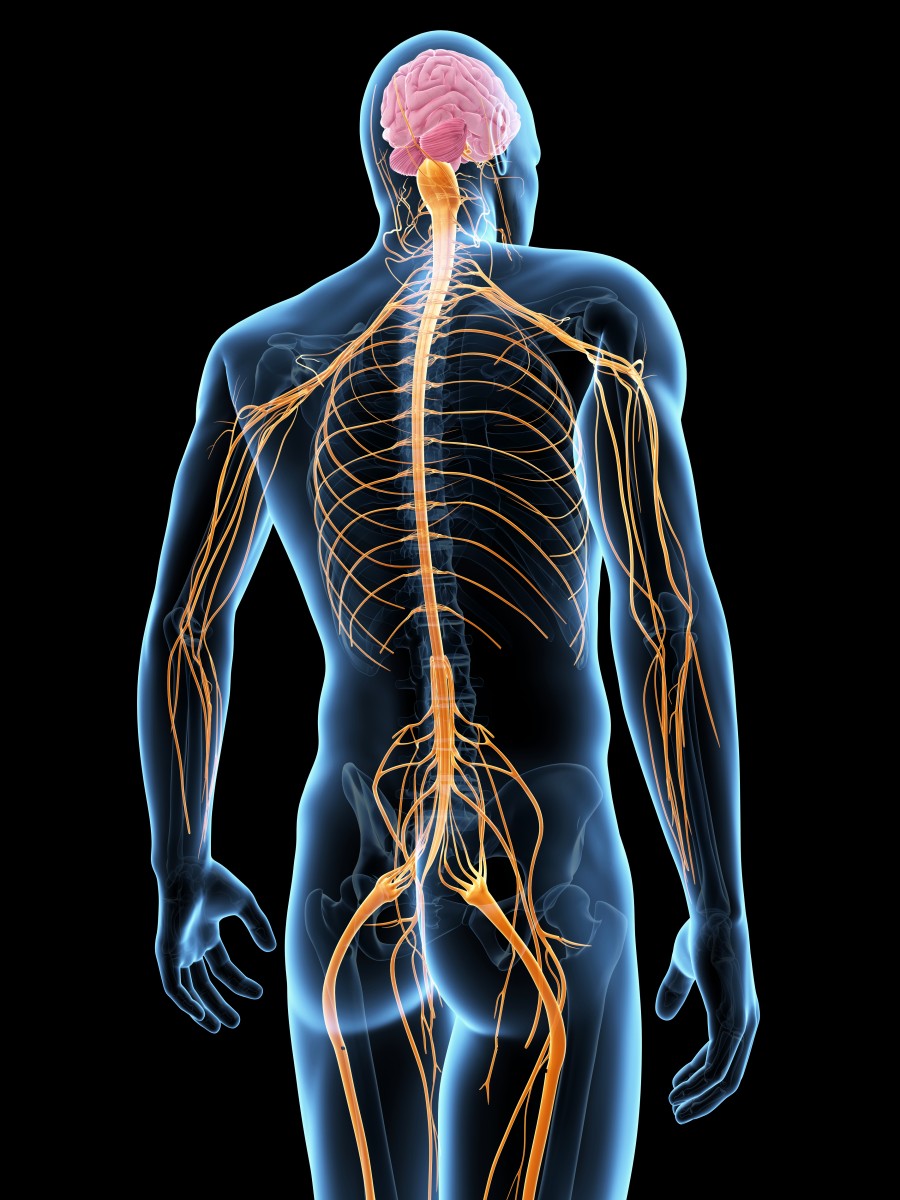Early Management of Friedreich’s Ataxia Symptoms May Help Patients with Disease

A recent study led by several Australian institutions found that excessive muscle contraction, called spasticity, appears early in patients with Friedreich’s ataxia (FA). To optimize the function of people with FA, particular management of spasticity and reduced muscle length should be considered at an early stage of the disease.
These findings, “Gastrocnemius and soleus spasticity and muscle length in Friedreich’s ataxia,” were published in the Journal of Clinical Neuroscience.
Friedreich’s ataxia is a progressive inherited condition that damages nerve cells responsible for coordination and muscle contraction. In FA patients, symptoms related to spasticity and reduced muscle length typically appears between the ages of 10-15. Most patients become unable to walk 15 to 20 years following the onset of the disease.
To evaluate spasticity of the lower limb in FA patients and understand the best approach and timing of spasticity management, researchers examined 31 patients with typical and late-onset Friedreich’s ataxia. The excessive contraction of the muscles located in the back part of the lower limb (gastrocnemius/soleus) and muscle length of the patients were measured using a standard method called the Modified Tardieu Scale (MTS).
The researchers then analyzed the relationships between MTS and parameters used to measure the degree of impairment due to FA such as the Friedreich’s Ataxia Rating Scale (FARS), Functional Independence Measure (FIM), and disease duration. They also evaluated the differences between the 18 ambulant and 13 nonambulant patients.
The team found that all participants had excessive contractions in at least one muscle which were more apparent early in the disease and in ambulant participants. Among the 31 participants, 38.9 percent of ambulant and 69.2 percent of nonambulant subjects showed contracture in one or both muscles of the back part of their lower limbs. Also, both the gastrocnemius/soleus and the angle of catch correlated negatively with FARS score and positively with the FIM score.
“The MTS is sensitive to disease progression and functional decline in people with Friedreich’s ataxia and has established a preliminary basis to further investigate lower limb spasticity with more rigorous and standardized testing,” the authors wrote in their report.
“Given the significant prevalence of spasticity and early loss of muscle length in people with [Friedreich’s ataxia], there is a critical need for further exploration of the role of spasticity in functional decline, as appropriate spasticity management may be an important avenue for improving muscle control, locomotion, and function,” they wrote.






